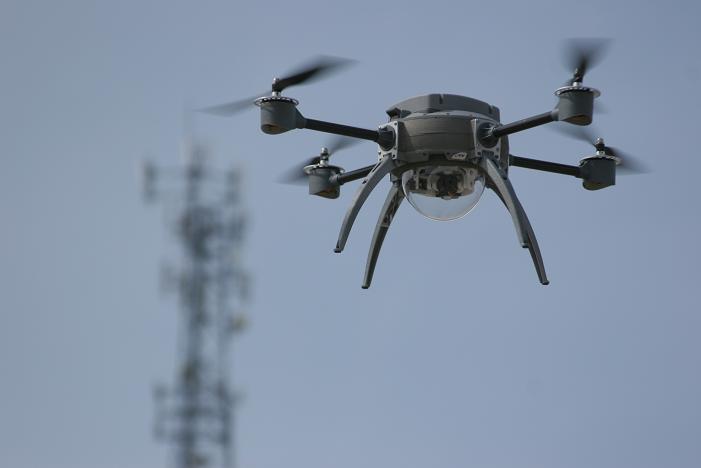Early last year, a $400 remote-controlled quadcopter got away from a hobbyist, and landed successfully on the south lawn of the White House. The secret service was not amused.
The incident (and others like it) sparked debate about no-fly zones, geofencing, security and privacy. In 2015, Congress tasked the FAA with drafting regulations on drone usage. The FFA missed a September 2015 deadline for drone integration plans, but did release a drone registry website in December.
What is a Drone?
In simplest terms, a drone (sometimes called Unmanned Aerial Vehicles (UAVs) or Unmanned Aircraft Systems) is a spacecraft or aircraft without a pilot aboard. Drones can be controlled by a pilot on the ground with a remote system, or autonomously by an onboard computer.
The US military uses drones for missions that are deemed too risky for a human pilot. Military drones have been around since 1911, and are commonly used for for reconnaissance, surveillance and in some cases, air strikes on enemy targets. Drones are also used for research. NASA recently sent a small UAV to space for four classified missions.
Private and commercial purposes for drones might include land surveys, movie production, sports broadcasting, wildlife conservation and simple, weekend fun.
Who Governs the Use of Drones?
It depends on who you ask. The short answer is the FAA.
As we mentioned, the FAA has been working on drone integration rules and guidelines but progress has been slower than states and municipalities would like.
Several states have passed or are drafting legislation limiting drone altitudes, and times of day, and locations where they can be flown. There may be a clash when the FAA gets around to their own regulations and attempts to override state laws.
So far, the FAA’s drone registration website has seen a lot of traffic—more than 45,000 people registered their drones in the first two days, causing a system crash. The FAA had to shut down the website and make repairs. The FAA will likely roll out additional regulations in late 2016, or early 2017, but for now:
- Registration is $5
- It’s valid for three years
- Drones under 55 lbs can be registered on the site
- Drones over 55 lbs require special permission from the FAA
Commercial and Private Uses for Drones
Local governments and municipalities are finding creative uses for drones. In January, the city controller’s office in Philadelphia deployed drones to inspect dangerous or dilapidated buildings—a task the city has struggled to keep up with recently. According to the controller’s report:
“The immediate advantage of utilizing a drone was . . . the ability to cover more ground in less time, making the process more efficient and effective.”
Drones are also helpful for law enforcement agencies like the Michigan State Police who began using a drone in March 2015 to assist with surveillance of crime and crash scenes, hazardous material disaster sites, and rescue efforts.
As for commercial use, last July, USA Today reported that the FAA granted its first 500 commercial drone permits (at the time of the article, 944 had been granted) most of which went to the real estate industry which used them to film aerial footage of properties for sale. The rest of the first batch of approved commercial permits were for:
- aerial surveys
- general aerial photography
- agriculture
- aerial inspection
The Dark Side of Drones
There’s a darker side, of course, to the drone craze. They can be used to spy on private citizens. They can be used to run drugs and other illegal substances into heavily guarded areas. Perhaps most frightening of all, unmanned aircraft could be outfitted by terrorists with explosives, chemical or biological weapons.
The pressing concern right now, though, is their impact on the safety of other aircraft, including commercial flights. The Washington Post has reported extensively about drone close calls:
“There have been at least 35 cases of small drones interfering with military aircraft or operating too close to military airfields in 2015, according to reports filed with the armed forces or the Federal Aviation Administration. That’s a small fraction of the estimated 1,000 reports received by the FAA this year of small drones interfering with civilian air traffic or coming too close to passenger airports.”
While the federal and local governments tangle over who will regulate drone usage in the years to come, the number of drones in use will likely climb. The FAA estimates that there could be as many as 30,000 drones aloft by 2020.


